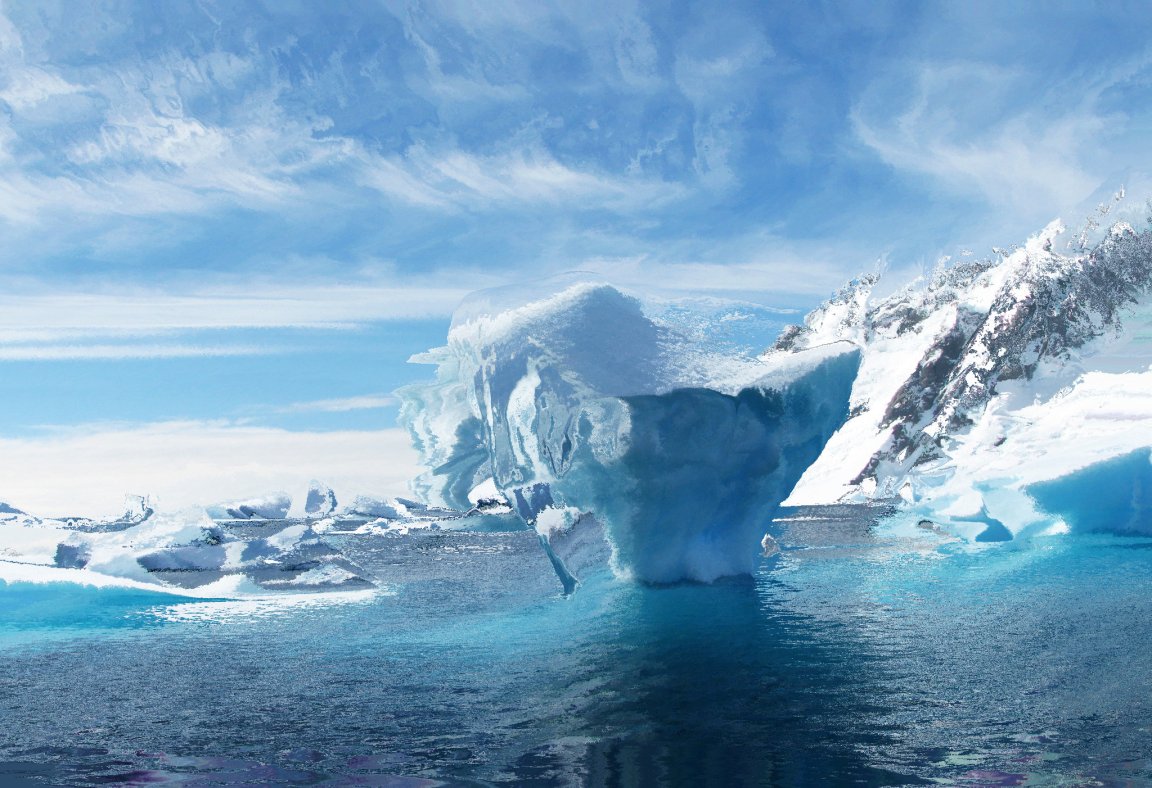
Rounding Error
As rising global temperatures continue to melt the ice in Antarctica, scientists predict that we’ll face serious problems in the coming decades — from rising sea levels to devastating storms to temperatures rising even faster because there’s less ice to reflect heat.
Now, it turns out all those problems could be even worse than scientists predicted, according to research published in the journal Climate Dynamics. Existing models tended to predict ice melt based on average conditions over time, but accounting for fluctuating extremes paints a far more dire picture.
Accelerated Timeline
Climate models need to represent how chaotic weather patterns can be, study author and Penn State climate researcher Chris Forest argued in a press release. Accounting for those fluctuations, Forest’s work shows that the Antarctic ice sheet could retreat 20 years sooner than expected.
Factoring that in, the melting ice could raise the sea level by an additional 2.7 to 4.3 inches on top of the 10.6 to 14.9 inches that simpler models predict by the year 2100.
“We know ice sheets are melting as global temperatures increase, but uncertainties remain about how much and how fast that will happen,” Forest said in the release.
Storm Surge
That suggests that experts have been underestimating how bad the impacts of climate change might be, meaning they may have to change course.
“This additional ice melt will impact the hurricane storm surges across the globe,” Forest said. “It’s important to better understand these processes contributing to the additional ice loss because the ice sheets are melting much faster than we expected.”
READ MORE: Ice melt projections may underestimate Antarctic contribution to sea level rise [Pennsylvania State University]
More on melting ice: To Save Polar Glaciers, Scientists Recommend Ludicrous Schemes